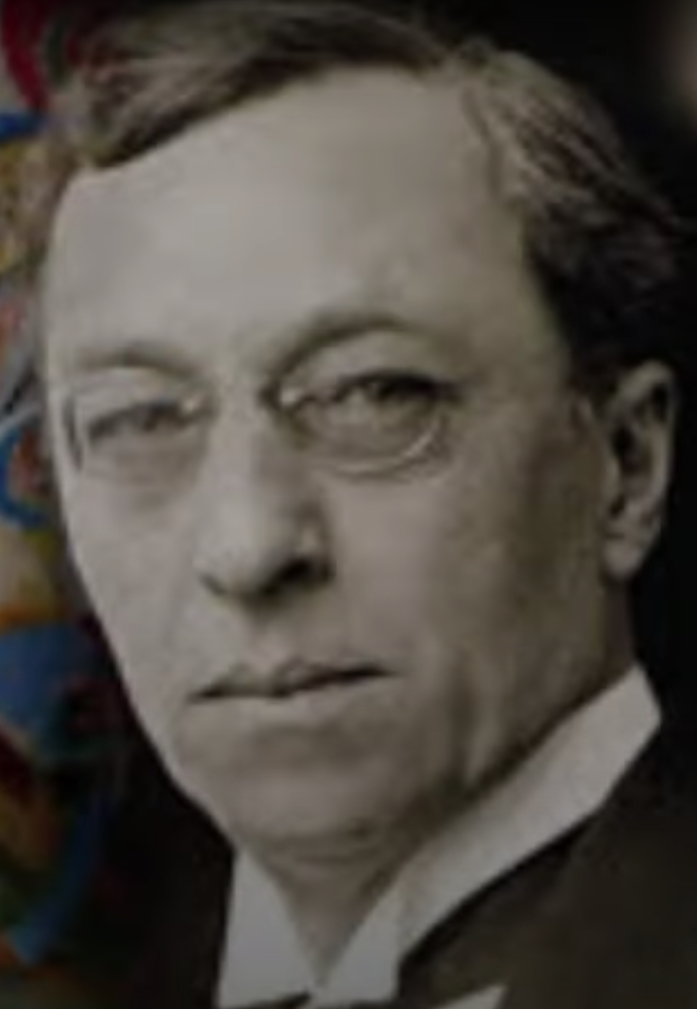Wassily Kandinsky, a trailblazer in the realm of abstract modern art, crafted paintings that intricately explored the interaction between color and form to evoke emotional responses and captivate audiences. He advocated for complete abstraction as a powerful vehicle for profound expression, steering away from direct depictions of the natural world.
Kandinsky’s artistic progression unfolded through three distinct phases, moving from representational works to exuberant compositions and eventually to the creation of geometric and biomorphic flat surfaces adorned with vivid hues. Born in Moscow in 1866, Kandinsky’s formative years were enriched by exposure to diverse cultural influences, which significantly shaped his artistic perspective. His fascination with color and form was deeply rooted in his early life experiences and extensive travels throughout Europe and Russia. Drawing inspiration from spiritual themes, Kandinsky played a pivotal role in co-founding the avant-garde collective Der Blaue Reiter, with the aim of transcending reality through artistic expression. In his later years at the Bauhaus school, Kandinsky’s artistic endeavors shifted towards the exploration of geometric shapes and circular forms, with a renewed focus on spirituality and universal significance.
Kandinsky’s enduring legacy extends to his profound influence on artistic movements such as Abstract Expressionism and Color Field Painting. His emphasis on the spiritual and emotional dimensions of art laid the groundwork for subsequent artists like Jackson Pollock and Mark Rothko. Despite ongoing debates surrounding the origins of abstract art, Kandinsky’s contributions remain pivotal in shaping modern artistic movements and challenging conventional artistic conventions.
We are mandates for an owner of some Wassily Kandinsky’s works. Find more information here.

